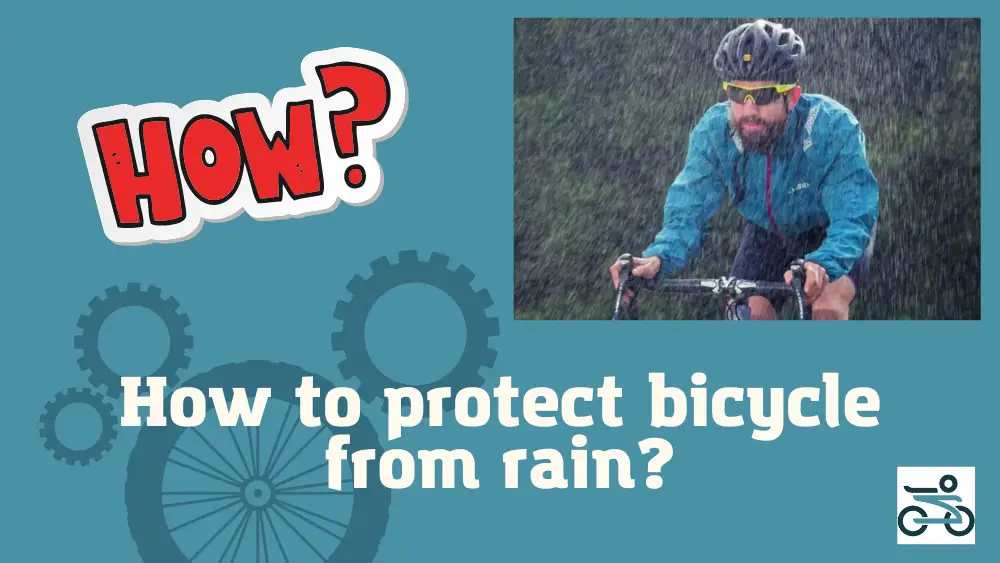
When it’s rainy season outside, you should worry about enjoying your ride and remain dry at the same time.
When traveling in the rain, there are several main tasks:
- How to protect a cyclist from water and getting wet?
- How to protect a bike from the effects of rain?
- How to drive properly in the rain?
In this article, we will look at the first task – how to stay dry in the rain.
The best option is to sit out the rain under a canopy or indoors, but it is clear that this is not always feasible. If raining is on the way, you will have to go.
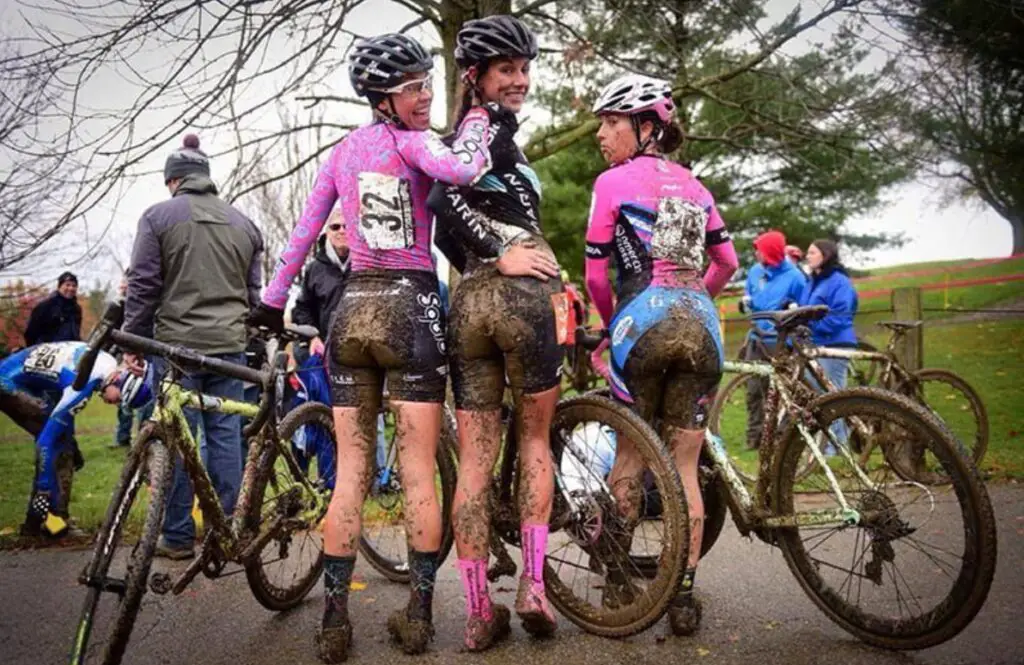
There are, of course, bikers who are happy in any situation, but it is still best to have special cycling equipment.
How to protect a cyclist from water and getting wet?
The clothes at rainy season
- a waterproof jacket with a hood, preferably long enough to cover the waist;
- thermal underwear made of polypropylene;
- thermal or woolen socks;
- special bike cover on top of the shoes so that the feet do not get wet;
- waterproof, windproof gloves to protect the hands;
- a useful item – special cycling glasses. It protects the eyes from rain jets, especially if they have a special hydrophobic coating.
- By the way, one note from experienced cyclists: protect your knee from getting wet. Wet thighs are not the biggest problem, but moisture knees in the cold wind is a very dangerous combination for the knee joints. To protect the legs, you can use special capes offered by some manufacturers;
- bike lights – due to the rain, visibility is reduced, and it is extremely important to be visible.
Raincoats for cyclists
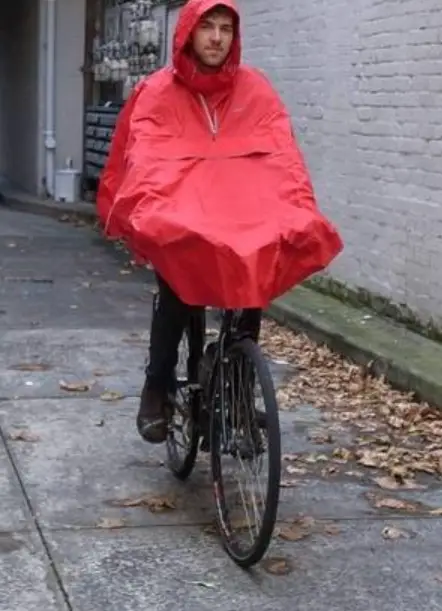
It is much easier and much more comfortable to use different bicycle raincoats, capes, ponchos.
Such a cape can always be carried with you in a bike bag or backpack.
Advantages of bike raincoats:
- Quick to put on and take off.
- Protects not only from rain, but also from piercing wind.
- Well protects not only the head and shoulders, but also the back, knees, legs and hands on the steering wheel.
- No water gets on the saddle, and you don’t have to sit on a wet seat.
- When folded, it takes up little space in terms of volume and weight.
- Easily worn over or under a bicycle helmet. For whom it is convenient. There are models with a visor built into the hood of the raincoat – it is better to put on them under a helmet;
- It does not create additional buoyancy and does not reduce the cyclist’s stability in gusts of wind.
- Bright colors, and in some versions built-in reflective elements, increase visibility on the road in the rain, which is very important in real life;
- Able to withstand the flow of water, with which a car passing through puddles can roll over you.
- You can use normal clothes.
- Under a good raincoat, the body “breathes”.
- Easily washes off dirt after rain and dries quickly.
- An important factor is that it is cheap.
Protection of the helmet from rain
A bicycle helmet does not protect against rain, so it is best to wear a hood from a jacket or a special rain cover, if it came with it.
In extreme cases, you can put a regular plastic bag on it or wrap the helmet with cling film.
Legs covers
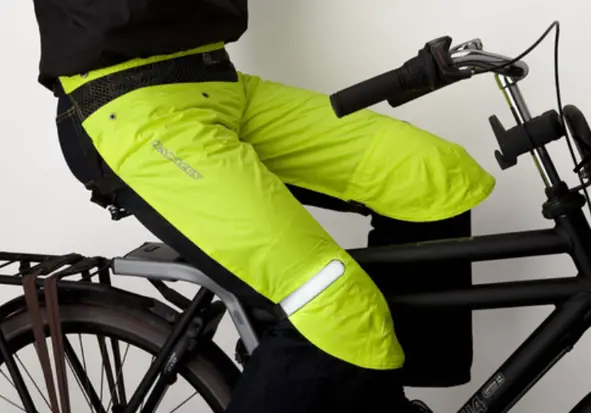
A raincoat mainly covers the head and body. The legs are weakly closed, and the lower legs and feet are often open and get wet in the rain. The foot and the lower part of the lower leg get dirty with water from puddles and from mud flying out from under the wheels. To protect shoes from water and mud, it is best to use special bike covers.
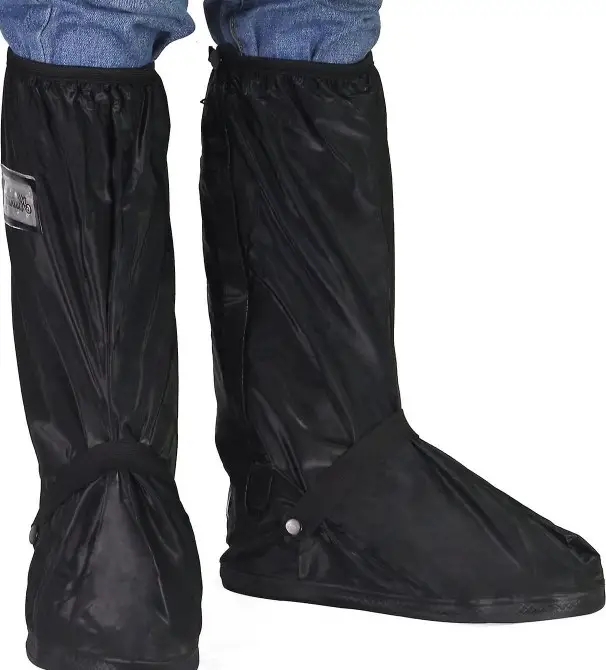
When buying shoe covers, pay attention to the fact that:
- The length of their soles was 2 cm longer than the shoes – they are worn over your shoes;
- the height is preferably 2/3 of the lower leg;
- on real and high-quality bike covers, there are reflective inserts that increase your visibility in conditions of poor visibility in the rain;
- the sole is preferably not changeable;
If contact pedals are installed on the bike, then special covers are required, with cut-outs for contacts, or there must be a strap with Velcro or rubber on the sole the zipper must be waterproof.
How to protect a bike from the effects of rain?
The following bikes components are most prone to rain damage and rust due wet season:
- chain and transmission;
- v-brake brakes;
- wheel axles;
- rims;
- carriages;
- flashlights, cycling computers and other electronic devices.
The most important details in the matter of protecting the bike from dirt are fenders on the wheels and full protection of the chain.
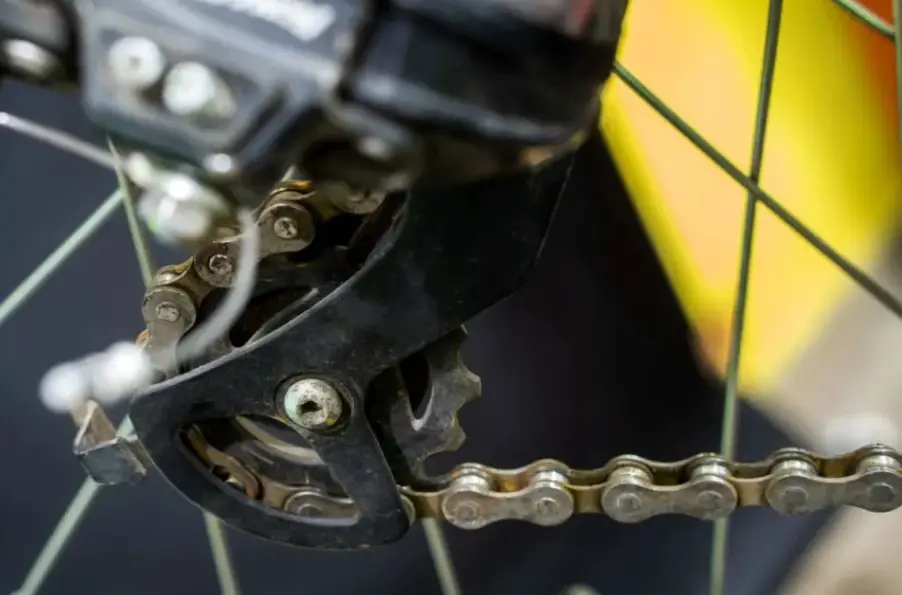
You can protect your bike with simple and inexpensive means. Here are the top tips:
- Install wings on the wheels, they will protect you from water and mud that will rise from the wheels. Wings can be:
- full-sized, they are metal, less often plastic or metal-plastic;
- quick-release (plastic).
- Only complete chain protection can effectively protect the chain from water and mud. Unfortunately, this option only works well on single-speed bikes.
- If there is no such protection, then after the chain is exposed to rain, it is best to wash all moving parts from mud and sand and lubricate it by lube and oil. And don’t forget about the cassette, front chain and derailleurs. Remember, a dirty chain and cassettes quickly wear out and become unusable.
- Protect electronic devices such as cycling computers, lights, navigators and other possible electronic devices with special waterproof cases, waterproof covers or plastic bags.
- Lubricate your bike chain from time to time, because if it is dry, it can rust within days. It is better not to skimp on cleaners and lubricants – this is the key to long-term use of the chainsaw. Chrome plated parts of the bike do not rust, so they will keep your bike dry
in good condition, even with constant riding in the rain. - Chain lubricated – To prevent rust, use petroleum jelly or grease on the terminals by thin layer. Periodically lubricate can make longer chain’s life.
- The bike should be cleaned regularly, even if you park it in a covered parking. Especially after riding in the rain, it is necessary to thoroughly wipe off water and dust. If you do not have the opportunity to store your bike in a covered parking lot or at home in a safety and dry place, then you can use bike cover to keep the bike safe – it covers the whole bike. Bike cover – lightweight, quick to unfold and fold, bike protected from water and sun. If you leave your bike outside for a few days, it won’t do major damage. But if it happens constantly, then over time metal parts will rust, plastic and rubber parts will crack and begin to fall off.
- Riding in the rain is different from riding in good weather. For safe riding, you need to reduce tire pressure, have tools and dry things with you, and be sure to follow safety rules while riding.
- Why is it important to lower tire pressure when riding in the rain?The thing is, the higher the pressure in your tires, the less grip the tires have on the road surface. That is, when your tire pressure low, they hold better on moisture roads and the braking process is safer. If you brake suddenly, the bike will not lose control and the tires will not slide much.
- Be sure to install bike lights, they will illuminate the road when it is foggy or dark. Bike lights will also help you remain visible to motorists and pedestrians.
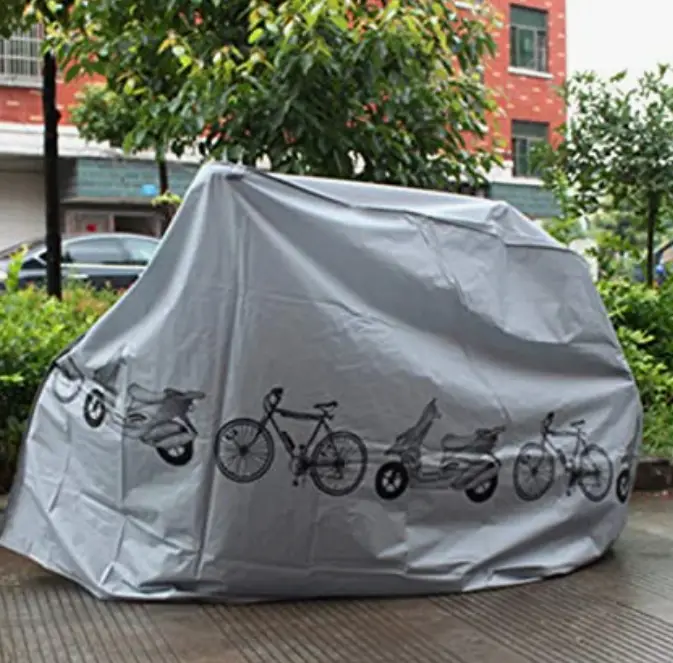
How to drive properly in the rain?
Using disc and V-brake in the rainy season
There are no particular complaints about the use of disc brakes in the rain. The disc brakes themselves usually work normally.
Rim brake when working in rainy weather have special features. When the wheel is wet, the grip of the brake pads and the rim decreases. It is even worse if the lunch is stuck with dirt and sand. The efficiency of work drops sharply, the wear of the brake pads itself and the wheel rim increases.
In wet season, when driving over puddles and road, a longer braking distance is required to slow down or come to a complete stop. Start braking slowly in advance, especially on turns and obstacles visible in advance.
In wet weather, from time to time, you need to dry the brake. To do this, you need to periodically press the brake, driving excess water from the rim. Experienced motorists use intermittent braking to dry the brake due to heating and friction, the same method can be used on a bike. The same applies to cases when it was necessary to drive through a deep puddle and get the rim very wet.
After the brake dry, their efficiency will be restored. However, keep in mind that the road will not dry so quickly, and the grip of the tire on road is lower than on dry.
There are no problems with drum and roller brakes when driving in the rain.
Visibility of a cyclist on the road
During the rain, the visibility of the cyclist is greatly reduced. Consider that motorists do not see the road much better. They also get water on the windshield. Therefore, you need to do everything to make you more visible on the road.
Turn on the front and rear lights. If possible, wear a reflective vest or bright clothing and a bike helmet.
The bike must be equipped with reflectors. It is good if you have reflective strips on your bike rain cover, helmet, legs.
Some important tips if you get caught in the rain on the road:
- The first rain is the most difficult and unpredictable. There is a lot of debris and lube in the puddles, the road is slippery, and the muscles have not yet adapted to a different type of riding.
- Move more slowly and carefully.
- Check the tire pressure and reduce it for better traction
- Avoid painted parts of the road – they become more slippery.
